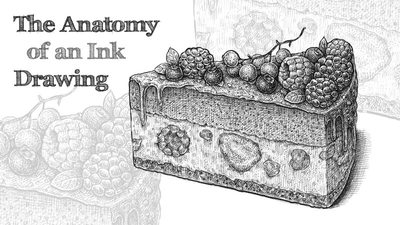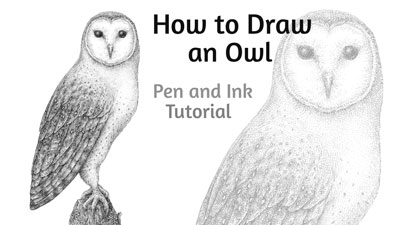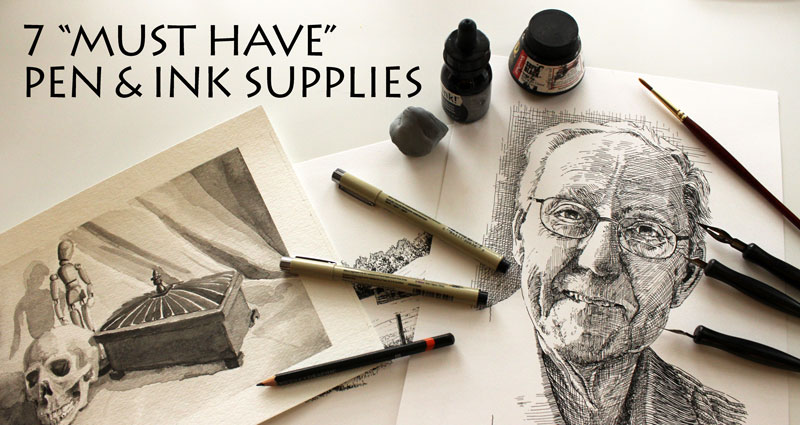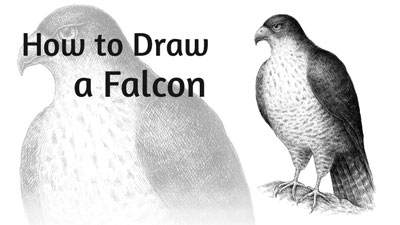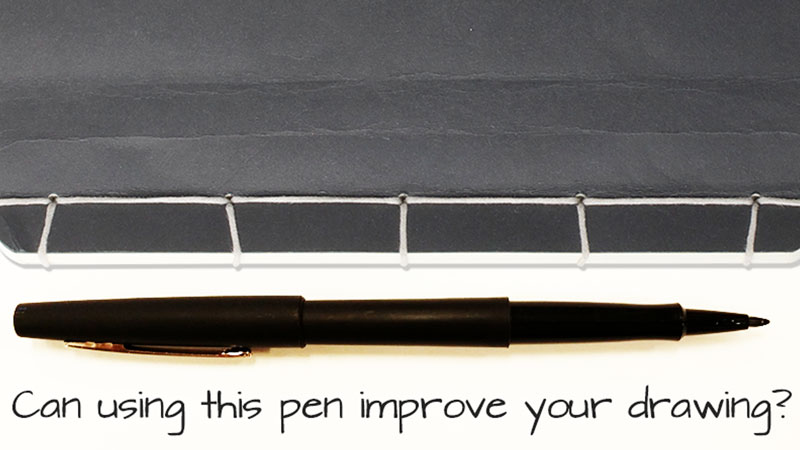
But, let me make something clear right from the start – this post is not about which manufacturers I recommend or which pens are the best for creating finished drawings. The truth of the matter is that a drawing pen is a personal choice for the artist. Different pens do different things, and are suitable for different applications and different situations. (I will post in the future about my recommendations for drawing pens, but for now – onward…)
The Best Pen for Improving Your Drawing…
This post is about a pen that I have found helps in improving your drawing. In other words, this pen will help you to draw better – simply by using it.
The pen is not expensive – in fact, it’s almost free. It is not hard to find, and you probably already have one.
So, what pen am I talking about?
I’m talking about a regular ‘ole felt tip pen. Yep, the felt tip pen.
I absolutely love this type of pen and I have noticed improvement in my drawing from using it. When I work in my sketchbook, I try to use a felt tip pen as much as I can.
There are several reasons why using a felt tip pen for sketching and drawing will help improve your overall drawing skills. Let’s take a look at a few of them…
You Must Be Deliberate with Your Marks
With a felt tip pen, you are forced to be deliberate with your marks. You can’t timidly add lines to the surface – or erase the marks that you make.
This forces you to carefully consider the marks that you do make.
Some painters believe in making the fewest brushstrokes as possible to complete a painting, attempting to make the brushstroke as effective as possible. When you draw with a felt tip pen, you can start to develop this mindset pertaining to drawing.
Marks should have purpose and the more that you sketch with an unforgiving medium, the better you will understand the purpose of the marks that you make. This naturally leads to improvement in the drawings that you create with a more forgiving medium like graphite or charcoal.
Line Quality Can Be Manipulated with Pressure
Line quality is the thickness or thinness of a line. The line quality in a drawing should be varied. Thicker lines can help create the impression of mass or communicate an area of shadow.
Unlike other types of pens, the felt tip pen allows you to vary the line quality in a drawing by adjusting the amount of pressure that is applied to pen. You are able to create a greater variety of marks with a felt tip pen that you simply cannot duplicate with other types of pens.
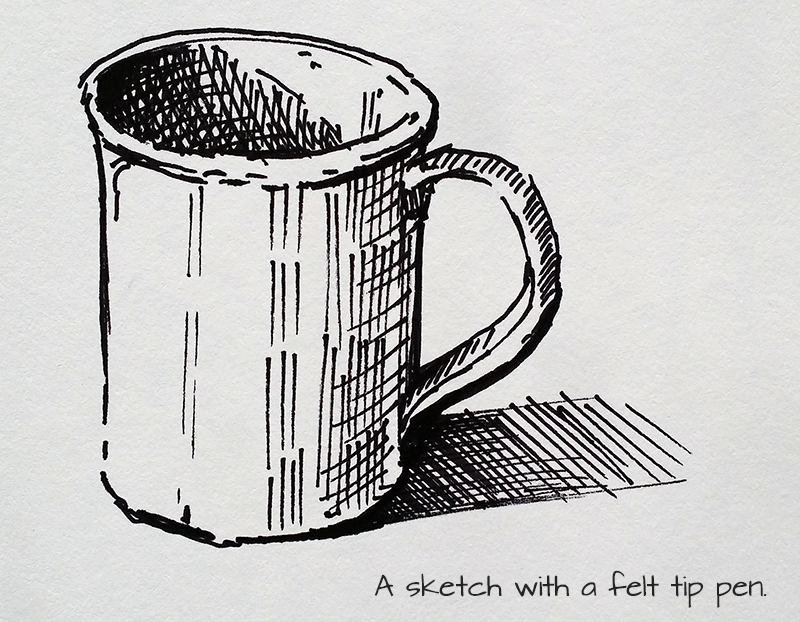
You can draw a bit more naturally and intuitively because of the pen’s ability to produce a variety of line.
Resistance is Similar to Graphite or Charcoal
Some pens glide over the surface when marks are made with them. Many pens are designed for writing, so it’s no wonder that they are designed to feel this way.
However, the resistance or “feel” of the marks made with a felt tip pen are similar to marks made with a graphite or charcoal pencil. There is more of a “grip” to the surface, like you may find with a medium that would be used for a finished drawing.
Drawing with a felt tip pen may not produce a “finished” or “professional” drawing, but it will help you develop a mindset for making marks that will improve your approach to creating a finished drawing. Why not give it a try?
Ultimately, it doesn’t matter what tool that you use to draw, as long as you are drawing. Whether it be with a pencil, a pen, or anything else – just draw with something. If you are not drawing, then you aren’t improving. After all, it is the practicing that will have the greatest impact on your development.
If so, join over 36,000 others that receive our newsletter with new drawing and painting lessons. Plus, check out three of our course videos and ebooks for free.

